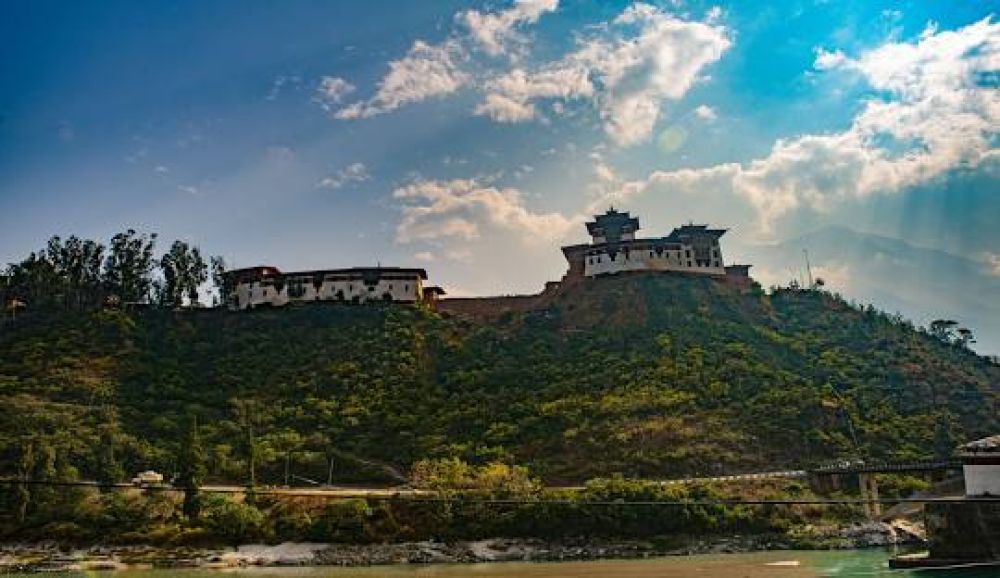

Bhutan, often referred to as the last Shangri-La, has a tourism industry that is unique in its philosophy and development. Tourism in Bhutan began in earnest in 1974, when the government, recognizing the need to open up to the outside world while preserving its culture and pristine environment, introduced a structured tourism policy. This policy was based on a principle of sustainability, meaning that tourism must be environmentally and ecologically friendly, socially and culturally acceptable, and economically viable.
Wangdue Phodrang has been an integral part of Bhutan’s tourism journey. This district is known for its majestic fortress, the Wangdue Phodrang Dzong, perched on a ridge overlooking the confluence of the Punakha Chu and Tang Chu rivers. With its rich cultural heritage and stunning natural scenery, Wangdue Phodrang provided an added layer to Bhutan's allure for adventurous travelers seeking cultural and ecological experiences.
With the introduction of the 'High Value, Low Impact' tourism policy, the number of tourists visiting Bhutan, and specifically places like Wangdue Phodrang, started to grow gradually. Visitors come not only to see the impressive Dzong but also to witness the unique festivals such as the Wangdue Phodrang Tshechu. Such events offer a glimpse into the traditional Bhutanese way of life and are a significant draw for cultural enthusiasts.
Moreover, the region's breathtaking trekking routes, such as those leading to the sacred mountain Gangtey, have made Wangdue Phodrang a favorite among ecotourists. The Phobjikha Valley, in particular, is a conservation area for the endangered Black-necked cranes, allowing for eco-friendly and community-based tourism initiatives to take root.
More recently, with the global tourism industry shifting towards even more sustainable and responsible travel practices, Bhutan, including Wangdue Phodrang, has continued to innovate. The district has become a beacon for wellness tourism, where visitors partake in yoga and meditation retreats amidst serene landscapes.
Another emerging trend is the enhancement of experiential travel – travelers in Wangdue Phodrang can engage in authentic cultural exchanges by participating in village life, traditional farming, or crafts making. These experiences help to support the local economy and preserve the cultural heritage of Bhutan.
The country's strict tourism policies have helped protect the natural beauty and unique culture of places like Wangdue Phodrang. As a result, Bhutan has experienced a steady increase in the number of tourists seeking an unspoiled and authentic travel experience.
Wangdue Phodrang plays a significant role in Bhutan's tourism history, reflecting the country's commitment to preserving its natural and cultural heritage. The district’s development continues to align with the national tourism strategy, ensuring that future generations can also appreciate the beauty and traditions of this Himalayan gem.